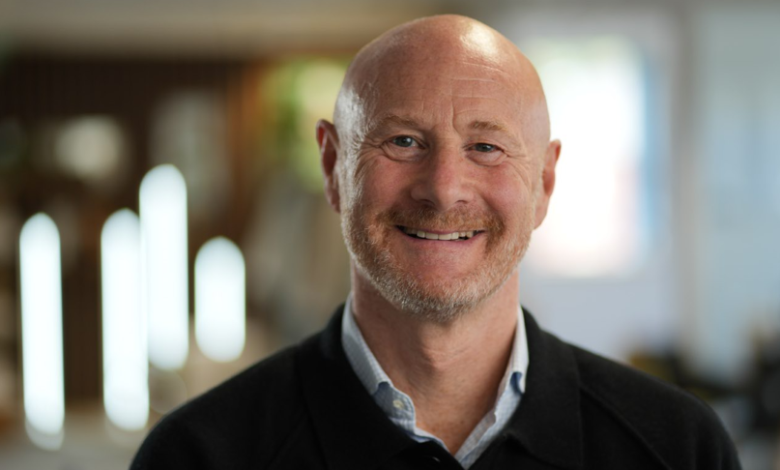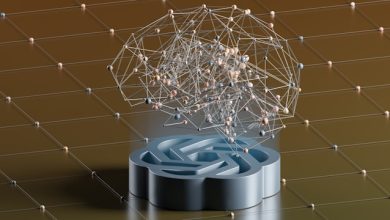
From banking to biotechnology, AI has disrupted industries worldwide. Yet few would expect to find it revolutionising textiles – an industry rooted in craft, colour, and touch. At Trident Group, one of the world’s largest integrated home textile manufacturers, AI is doing just that – accelerating design, eliminating waste, and driving a new era of sustainable, data-driven production.
In this article, Andrew Kingsley shares how Trident’s AI transformation is reshaping both the art and science of textile manufacturing—and what it means for the future of intelligent design.
When people think of artificial intelligence, they imagine algorithms, robots, and predictive analytics – not towels and bed linen. Yet AI is now redefining how we design, produce, and sustain textiles.
At Trident Group, we’ve spent decades perfecting the craftsmanship behind home textiles. But as consumer expectations evolve and environmental accountability becomes a defining factor of competitiveness, we saw the potential for something bigger: to merge traditional artistry with cutting-edge intelligence.
This is the story of how we began turning data into design — and craft into code.
From Craftsmanship to Code
For years, the textile sampling process was slow and resource-intensive. Every pattern or colourway required yarn, dye, water, and energy – often taking weeks to create a single prototype. Multiply that across a global operation, and the environmental toll was significant.
By integrating AI-driven visualisation into our workflow, we’ve eliminated much of that waste. Our advanced modelling engine simulates how yarn behaves – its twist, density, colour interaction – and converts this information into detailed 3D renderings.
Because the system reads directly from our loom design files, the visuals are extraordinarily accurate. Buyers can now see and adjust fabrics digitally, long before a thread is woven.
The result? Faster decisions, more sustainable sampling, and a completely reimagined creative process.
Reimagining the Design Process
In the past, a single sampling cycle could take several weeks or even months to complete. Today, thanks to AI, we can move from concept to visualisation in days.
This has unlocked a new type of creativity. Material costs or production delays no longer limit designers. They can experiment freely, iterate quickly, and collaborate seamlessly with buyers across time zones.
That agility is invaluable in markets such as homeware and fashion, where speed and precision can significantly define success.
Sustainability Through Intelligence
Every digital sample replaces a physical one, saving yarn, dye, and water, while preventing unnecessary emissions from shipping and production. It’s a simple equation with a profound environmental impact.
For us, sustainability isn’t an initiative; it’s an outcome of intelligent process design. By embedding AI into the early stages of product development, we’ve reduced waste and improved our understanding of resource efficiency across the value chain.
We’re also using AI analytics to identify inefficiencies in production, optimise energy use, and move closer to a circular manufacturing model.
From Efficiency to Intelligence
Trident’s vertically integrated model, spanning spinning, dyeing, weaving, and finishing, means every stage of production is connected. AI strengthens that connection by providing real-time insights across operations.
This enables us to transition from efficient manufacturing to intelligent manufacturing—a system that learns, adapts, and predicts.
We’re now developing predictive analytics to anticipate market shifts, inform design decisions, and align production with consumer demand. In a fast-changing global market, that foresight is critical.
A Collaboration Between Human and Machine
Our next step is to make digital design even more interactive – where buyers can experience products virtually and approve designs instantly.
At the same time, AI-driven analytics are being integrated more deeply into our manufacturing systems, enabling us to identify cost-saving opportunities and quality improvements.
What excites me most is how AI amplifies human creativity. It doesn’t replace designers; it empowers them. In our world, artistry and algorithm now coexist.
The Future Is Woven with Intelligence
The market for AI in garments and textiles is projected to reach $3.6 billion by 2026, reflecting a profound transformation already underway.
AI is no longer a futuristic idea – it’s a practical tool reshaping how we innovate responsibly. For Trident, it’s about merging creativity, efficiency, and sustainability into one intelligent process.
As we continue to evolve, AI will not only change how we make textiles, but also how we interact with them. It will redefine what’s possible in manufacturing itself – thread by thread, byte by byte.
About the Author
Andrew Kingsley is the Chief Executive Officer of International Marketing (Europe & UK) at Trident Group, one of the world’s largest integrated home textile manufacturers, exporting to over 150 countries. Trident’s vertically integrated operations and focus on sustainability have positioned it as a global leader in intelligent manufacturing and textile innovation.




